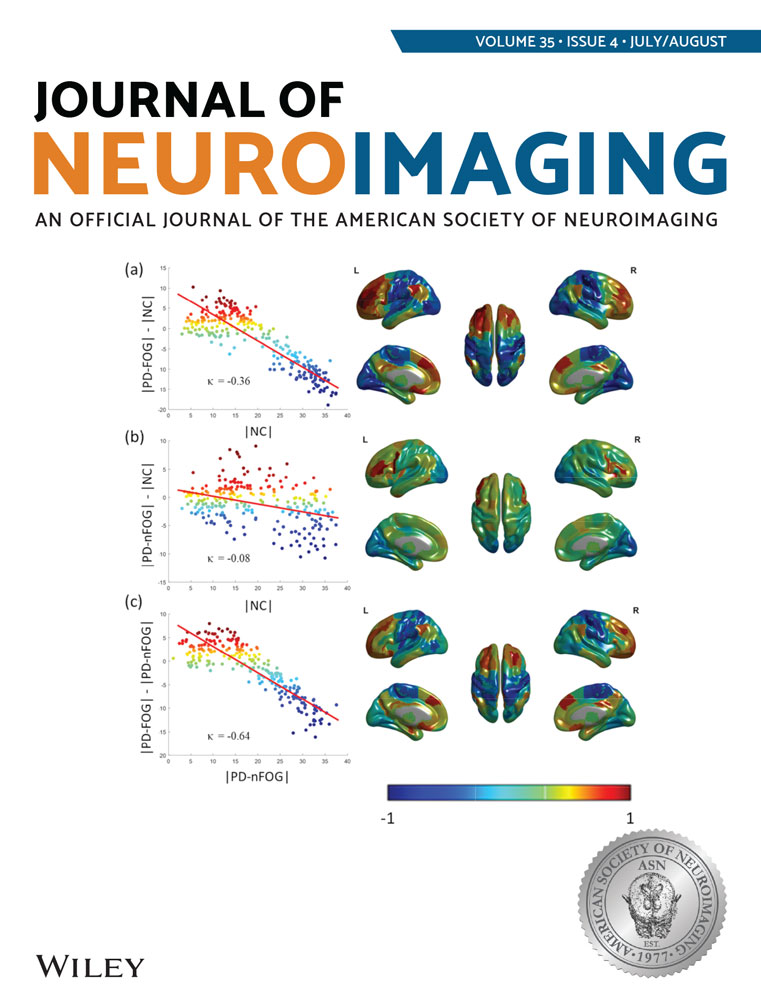Magnetic Resonance Spectroscopy of the Thalamus in Essential Tremor Patients
ABSTRACT
Background and Purpose. Although essential tremor (ET) is one of the most common movement disorders, its pathogenesis remains obscure. The ventral intermediate nucleus of the thalamus (VIM nucleus) is suggested to play an important role in the occurrence of disease. In this study, the authors investigated the presence of biochemical or metabolic alterations in the thalamus of patients with ET using magnetic resonance (MR) spectroscopy. Methods. The study group included 14 patients with ET who suffered from tremor predominantly in their right arm and 9 healthy controls. All patients and controls were right handed. Following conventional cranial MR imaging, single voxel protonMRspectroscopy of the thalamus involving the VIM nuclei was performed bilaterally in both the patients with ET and controls. Metabolite peaks of choline (Cho), creatine (Cr), and Nacetylaspartate (NAA) were obtained from each spectroscopic volume of interest. The right and left thalamic NAA/Cr and Cho/ Cr ratios were compared first within the patient group and then between the control and patient groups. The differences in age and spectroscopic data between groups were assessed using the Mann-Whitney U test, whereas the comparison within groups between left thalamus and right thalamus was done by the Wilcoxon test. Results. In patients with ET, the NAA/Cr ratio of the right thalamus was found to be significantly higher than the NAA/Cr ratio of the left thalamus (P= .02). However, NAA/Cr and Cho/Cr ratios were found to be similar (P > .05) when we compared the control and patient groups for the right thalamus and then the left thalamus. Conclusion. These data present preliminary evidence for metabolic alterations of the contralateral thalamus (namely, low NAA/Cr ratio) in ET patients with predominantly involved right arm. However, the series is small and further data are necessary to clear the subject adequately.




